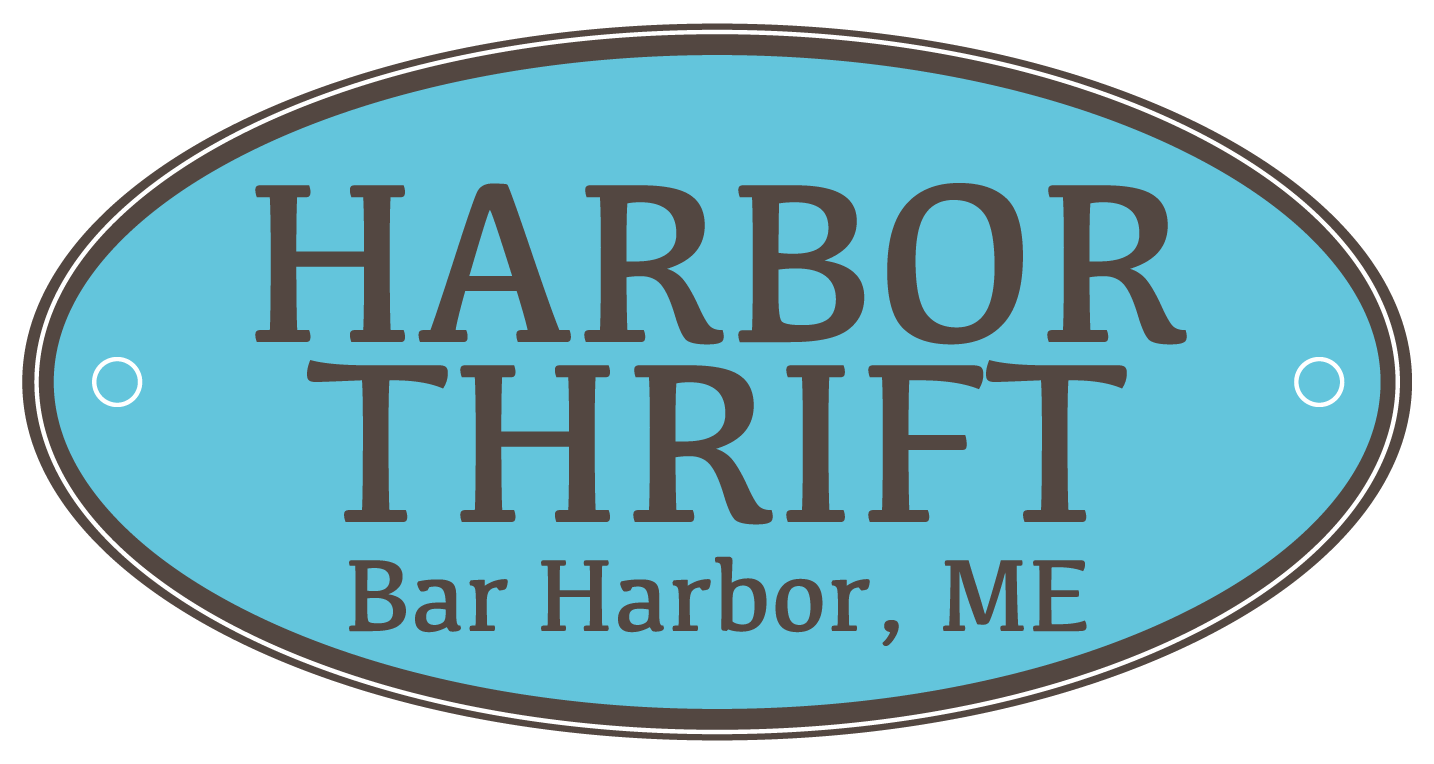In this episode, we contemplate statistics about arts and humanities graduates and their profession prospects, based mostly on a report from the American Academy of Arts and Sciences. The National Endowment for the Arts and Blue Star Families are happy to announce the museums throughout America that will be participating in the Blue Star Museums program this summer time, from May 21, 2022—Armed Forces Day—to September 5, 2022—Labor Day. Army veteran Jaymes Poling and jazz trumpeter Dominick Farinacci about creating and presenting Modern Warrior LIVE–a theatrical expertise that mixes first-person narrative with music and multimedia to chronicl… Michael R. Jackson–the creator of A Strange Loop—talks in regards to the origins and evolution of the prize-winning musical. The inclusion of traditionally designed and carved ‘house posts’ within the construction of a new cultural heart in Hydaburg, Alaska, was vital. The Hydaburg Cooperative Association is overseeing the development, and …
We have been in a position to reclaim our cultural practices by way of the hula. All the songs and dances, the chants, are in the Hawaiian language, and you have to research the language in order to be able to perform the hula, to know the hula. Takamine shares why she has become an advocate for Native Hawaiian artists and cultural practitioners, the significance of Hawai‘i’s natural assets to their culture, and the meaning of PA‘I. In the next years, she continued to advocate for Native Hawaiian hawaiian wreath artists and cultural practitioners, and in 2001, she founded the PA‘I Foundation to boost the profile of those artists through occasions and other cultural programming. PA‘I Foundation has obtained a number of grants from the National Endowment for the Arts. Vicky Holt Takamine, founder of the PA‘I Foundation, discusses why she has turn into an advocate for Native Hawaiian artists and cultural practitioners, the importance of Hawai‘i’s natural resources to their tradition, and the meaning of PA‘I.
Just picking up the trash when you’re walking on the seaside, or not throwing plastic within the ocean. Caring for our pure sources so that it’ll be there for the subsequent technology is crucial for us. The more vacationers that come here, the more guests that come, it will get overrun.
The hula has been answerable for reclaiming and retaining the Native Hawaiian language that was banned. My grandmother was not allowed to talk the language at school and was reprimanded for talking Hawaiian. She had ten kids, and not one of the ten children communicate the language. I needed to take Latin because it was “college material”—they said Hawaiian language was not a suitable language. Takamine successfully mobilized different practitioners to protest the bill at the state legislature and marks this because the moment she turned an activist. At 12 years old, her mother sent her to Ma‘iki Aiu Lake, one of the outstanding hula academics in Hawai‘i, and at 27 years old, she graduated as a kumu hula, a grasp trainer of Hawaiian dance, by way of the ‘ûniki rituals of hula.
We have been the ones that initiated this Hawaiian renaissance in the ‘70s. In collaboration with the Hawai’i State Foundation on Culture & the Arts, the National Endowment for the Arts appears at the arts and culture of Hawai’i as part of its celebration of the 50th anniversary of the company’s establishment. As we look to a more hopeful and inclusive future, we’re impressed by these artists and arts leaders. Lisa Gold, government director of Asian American Arts Alliance, shares her thoughts on the influence of her organization’s dedication to serving Asian American artists and humanities organizations across all disciplines.
